Uncategorized
-
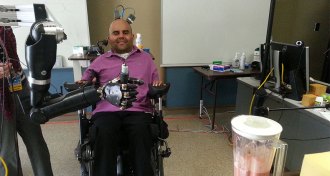 Neuroscience
NeuroscienceBrain implants let paralyzed man move robotic arm
Implanting tiny silicon chips in the action-planning part of a paralyzed man’s brain let him smoothly control a robotic limb with his thoughts.
By Meghan Rosen -
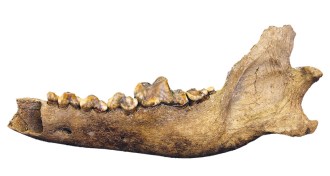 Genetics
GeneticsAncient DNA pushes back timing of the origin of dogs
DNA extracted from the fossil of an ancient wolf indicates dogs and wolves diverged longer ago than previously thought.
-
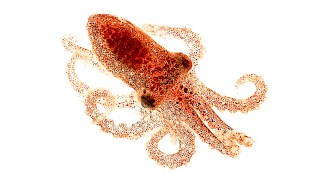 Animals
AnimalsOctopuses can ‘see’ with their skin
Eyes aren’t the only cephalopod body parts with light-catching molecules.
By Susan Milius -
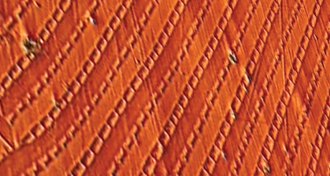 Materials Science
Materials ScienceLike a balloon, peculiar magnet grows and shrinks
A recently discovered alloy of iron and gallium can expand and contract like a balloon when exposed to a magnetic field.
By Andrew Grant -
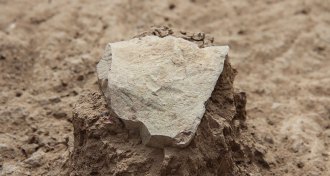 Archaeology
ArchaeologyEarliest known stone tools unearthed in Kenya
East African discoveries suggest stone-tool making started at least 3.3 million years ago.
By Bruce Bower -
 Astronomy
AstronomyPeeks into early life of supernovas show how to blow up a star
Multiple supernovas show off some of the ways a star can explode.
-
 Science & Society
Science & SocietyGene therapy, Gattaca-style, poses ethical issues
Gene therapy becomes more sophisticated, and the debate over the ethics of DNA tinkering grows.
By Eva Emerson -
 Paleontology
PaleontologySuds versus nanoparticles and more reader feedback
Readers discuss the posture of an ancient reptile and why washing machines and nanoparticles don't mix.
-
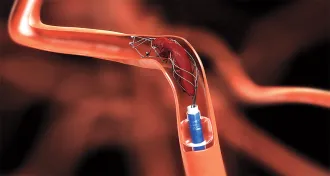 Health & Medicine
Health & MedicineSnagging blood clots upgrades stroke care
A new device threaded up to the brain via catheter can unblock vessels in cerebral arteries, studies show.
By Nathan Seppa -
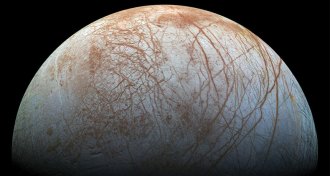 Planetary Science
Planetary ScienceSea salt may stripe Europa’s surface
Salt deposits on Jupiter’s moon Europa might be responsible for brown stripes on the icy satellite’s surface.
-
 Animals
AnimalsPandas’ gut bacteria resemble carnivores’
Unlike other vegetarians, the bamboo eaters lack plant-digesting microbes.
By Meghan Rosen -
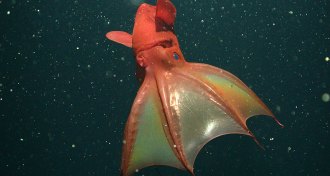 Animals
AnimalsVampire squid take mommy breaks
The vampire squid again defies its sensationalist name with a life in the slow lane.
By Susan Milius